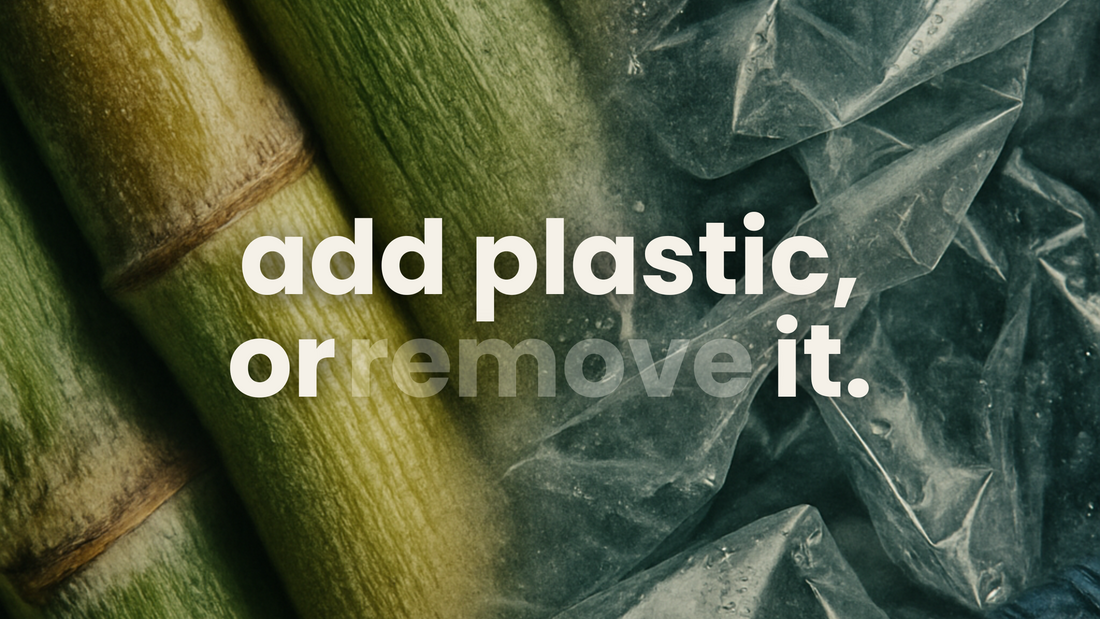
PLA vs rPETG: Adding vs Removing Plastic From Our Planet
Paddle into a lineup these days and you’ll hear talk about 3D printing. Boards with latticed cores, promises of plant-based plastics, even whispers of compostable designs. It all sounds futuristic—and in a way, it is. But here’s the thing most surfers don’t realize: when evaluating 3D‑printed boards, the real eco question isn’t whether a board is plant‑based or not—it’s whether that core is adding more plastic to our planet, or removing it from the waste stream.
The future of sustainable, 3D-printed surfboards comes down to a simple choice: add plastic, or remove it.
The Two Main Paths
Across the globe, most 3D‑printed surfboards rely on one of two plastics for their cores: PLA or rPETG. PLA (polylactic acid) is a plant‑based bioplastic, while rPETG (recycled polyethylene terephthalate glycol) is sourced from waste streams like bottles and packaging. Both can be shaped into boards that ride beautifully, yet their impacts couldn’t be more different.
Across the industry, 3D-printed surfboard makers are following two paths: most build with PLA, a select few with rPETG. Each tells a different sustainability story.
PLA: A Fresh Batch of Plastic
PLA, or polylactic acid, is made from crops like corn or sugarcane. On paper, that’s exciting: renewable feedstocks instead of petroleum. But zoom out, and the picture is more complicated.
PLA cores are still new, virgin plastic being made, and they carry the baggage of industrial agriculture—runoff in rivers, heavy water use, farmland turned to monocrops. And while you’ll hear that PLA is compostable, that only happens in industrial facilities under perfect conditions.
Sealed inside resin and fiberglass, PLA cores don’t decompose—they linger in landfills, shedding microplastics and leaching pollutants for generations to come.
For surfers, that means the promise of a disappearing board post mortem is more marketing than reality. At the end of its rideable life, a PLA board still adds more plastic trash to our planet.
rPETG: Waste, Reincarnated
Sustainability shows up in years, not sessions—boards that live longer leave lighter marks.
Bottom Line
At the end of the day, the footprint comes down to a simple question: Does your 3D‑printed board add plastic to the world, or help take it away? PLA, for all its plant‑based buzz, still adds. rPETG removes.
That’s why FUNNER prints with rPETG. Want to dig deeper? Check out our technology and our sustainability approach.
